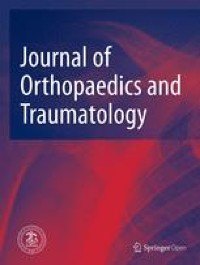
Carpal tunnel release: pain lower with silicone ring tourniquet vs pneumatic tourniquet

Carpal tunnel release: pain lower with silicone ring tourniquet vs pneumatic tourniquet
Silicone ring tourniquet versus pneumatic cuff tourniquet in carpal tunnel release: a randomized comparative study
J Orthop Traumatol. 2013 Jun;14(2):131-5. doi: 10.1007/s10195-012-0223-x. Epub 2013 Jan 30Did you know you're eligible to earn 0.5 CME credits for reading this report? Click Here
Synopsis
50 patients undergoing carpal tunnel release were randomized to receive either a silicone ring tourniquet or pneumatic tourniquet during surgery, to compare the pain levels between patients of each group. After 30 days, no tourniquet-related complications or any wound infections were reported by any of the patients. Patients in the silicone ring tourniquet group experienced significantly less pain...
To view the full content, login to your account,
or start your 30-day FREE Trial today.
FREE TRIAL
LOGIN
Forgot Password?
Explore some of our unlocked ACE Reports below!

Learn about our AI Driven
High Impact Search Feature
Our AI driven High Impact metric calculates the impact an article will have by considering both the publishing journal and the content of the article itself. Built using the latest advances in natural language processing, OE High Impact predicts an article’s future number of citations better than impact factor alone.
Continue



 LOGIN
LOGIN

Join the Conversation
Please Login or Join to leave comments.